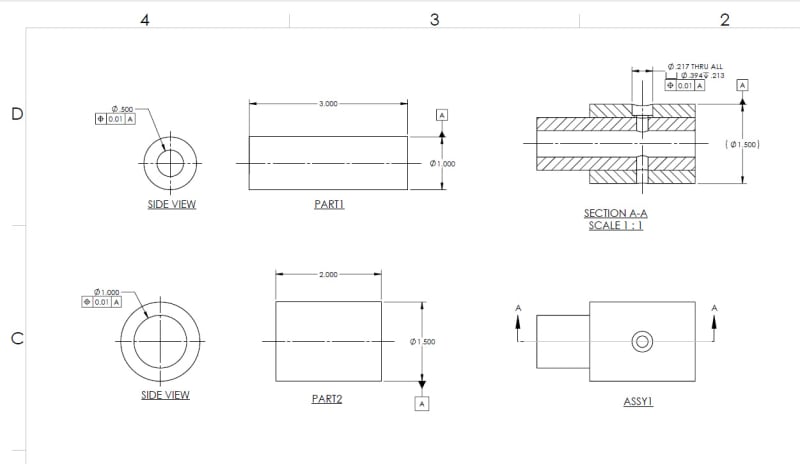Hi, Diametrix:
This is an uncharted area. According to ASME Y14.24-2012, the print you posted is a combination of different drawing types. ASME Y14.24 dis-encourages use of combination of drawing types. Please take a look at section 1.8 from ASME Y14.24-2012.
1.8 Combination of Drawing Types
The characteristics of more than one drawing type
may be combined into a single drawing provided the
resulting combination includes the data required by each
of the individual types. For example, a modification kit
drawing combines a description of the modification and
the kit of items needed to accomplish the modification.
NOTE: The decision to combine drawings should be made cautiously.
Combining drawing types should result in a significant
advantage versus not combining and having separate drawings.
Advantages of combining drawings should outweigh any potential
disadvantages. Potential disadvantages resulting from combining
drawings include
(a) increased complexity of the drawing, which may diminish
clarity and usefulness
(b) frequent change activity to the drawing, which may increase
the need to update associated record(s), material control data,
manufacturing planning, microfilm, etc.


